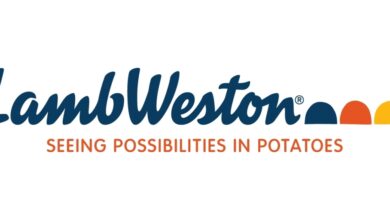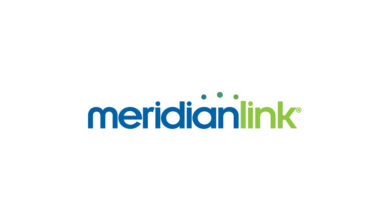Pharmaceutical Contract Manufacturing Market, 2030 – ResearchAndMarkets.com

DUBLIN–(BUSINESS WIRE)–The “Pharmaceutical Contract Manufacturing Market by Business Segment, Type of API, Type of FDF, Type of Packaging Form, Scale of Operation, End-Users and Key Geographical Regions: Industry Trends and Global Forecasts, 2021-2030” report has been added to ResearchAndMarkets.com’s offering.
The Pharmaceutical Contract Manufacturing Market (3rd Edition) report features an extensive study of the current market landscape and future opportunities associated with the pharmaceutical contract manufacturing industry.
One of the key objectives of the report was to understand the primary growth drivers and estimate the future opportunity within the market based on several parameters, such as growth of the overall pharmaceutical market, cost of goods sold, direct manufacturing costs. We have provided an informed estimate of the likely evolution of the market in the short to mid-term and long term, for the period 2021-2030.
At present, the pharmaceutical industry is dominated by the presence of small molecule products, which represent close to 80% of the overall pipeline. Even though biologics have shown significant promise in the treatment of a wide range of disorders, in recent years, approval of novel small molecules has been on the rise. In fact, in 2020, over 50 small molecule drugs were approved by the US FDA, while around 8,000 such candidates are being evaluated across different stages of development.
It is worth mentioning that the pipeline features increasingly complex candidates, which require specialized facilities, advanced equipment and operational expertise. As setting-up/acquiring manufacturing capabilities is both time and cost intensive process, it is extremely challenging for pharmaceutical companies to perform development and manufacturing operations independently.
The aforementioned constraints, coupled to the rising demand for safer and effective drugs (currently driven by the COVID-19 pandemic), have prompted players to outsource a significant portion of their business segments to contract manufacturing organizations (CMOs), and contract development and manufacturing organizations (CDMOs).
The current landscape of pharmaceutical contract service providers is highly fragmented, featuring a mix of start-ups, mid-sized firms and established players. The inherent expertise of CMOs and CDMOs is believed to be capable of enabling reduction in the time-to-market a product, significant cost-benefits, as well as access to larger production capacities and novel technologies.
It is worth mentioning that there has been substantial merger and acquisition activity in the pharmaceutical contract manufacturing market in the past few years, as players strive to become one stop shops, in order to cater to the diverse needs of pharmaceutical developers (ranging from early-stage development to commercial production).
Considering the ongoing innovation in production technologies, evolving pipeline of small molecule products and the increasing demand for such drug candidates, we believe that the pharmaceutical contract manufacturing market is likely to witness positive growth in the coming years.
Key Questions Answered
- Who are the key players engaged in offering contract manufacturing services for small molecules?
- What are the key value drivers of the merger and acquisition activity observed within the pharmaceutical contract manufacturing industry?
- What are the different expansion initiatives undertaken by pharmaceutical contract manufacturers in the recent past?
- Which regions represent the current key contract manufacturing hubs for small molecules? What is the current, installed capacity for contract manufacturing of small molecules?
- What is the current, global demand for small molecules? How is the demand for such candidates likely to evolve in the foreseen future?
- What percentage of the pharmaceutical manufacturing operations are presently outsourced?
- What factors should be taken into consideration while deciding whether the manufacturing operations for small molecules should be kept in-house or outsourced?
- How is the current and future opportunity likely to be distributed across key market segments?
Key Topics Covered:
1. Preface
2. Executive Summary
3. Introduction
4. Regulatory Landscape For Pharmaceutical Contract Manufacturers
5. Pharmaceutical CMOs: Current Market Landscape
6. Regional Capability
7. Company Profiles
8. Make Versus Buy Decision Framework
9. Mergers And Acquisitions
10. Recent Expansions
11. Capacity Analysis
12. Demand Analysis
13. Market Forecast
14. Key Insights
15. SWOT Analysis
16. Case Study: Comparison Of Small And Large Molecules Drugs / Therapies
17. Concluding Remarks
18. Executive Insights
19. Appendix I: Tabulated Data
20. Appendix Ii: List Of Companies And Organizations
For more information about this report visit https://www.researchandmarkets.com/r/ru3nn7
Contacts
ResearchAndMarkets.com
Laura Wood, Senior Press Manager
[email protected]
For E.S.T Office Hours Call 1-917-300-0470
For U.S./CAN Toll Free Call 1-800-526-8630
For GMT Office Hours Call +353-1-416-8900




